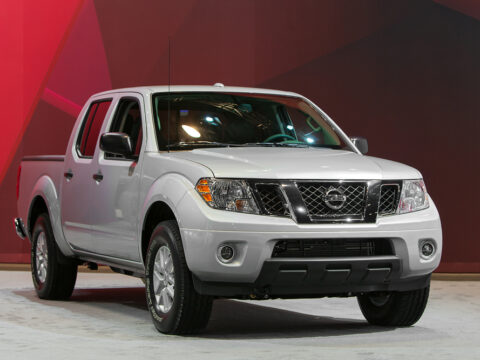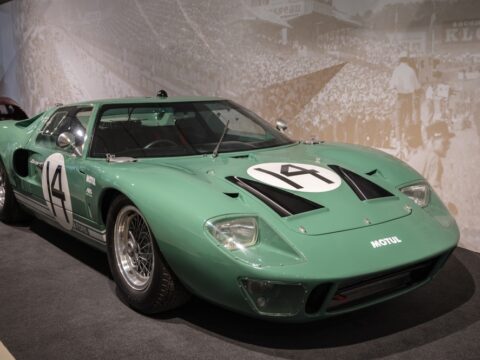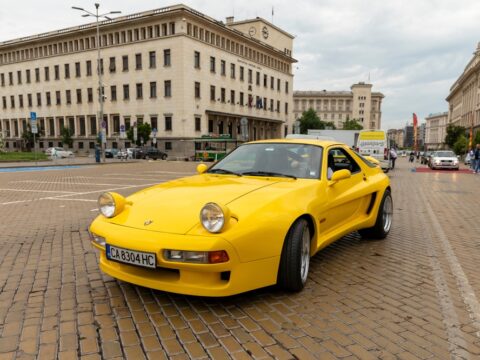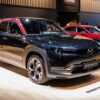Innovative minds have always pushed the boundaries of automotive design, resulting in some truly groundbreaking experimental vehicles. However, not all of these visionary creations make it past the prototype stage. Here, we explore 15 experimental vehicles that, despite their promise and potential, never hit the road.
Contents
Ford Nucleon
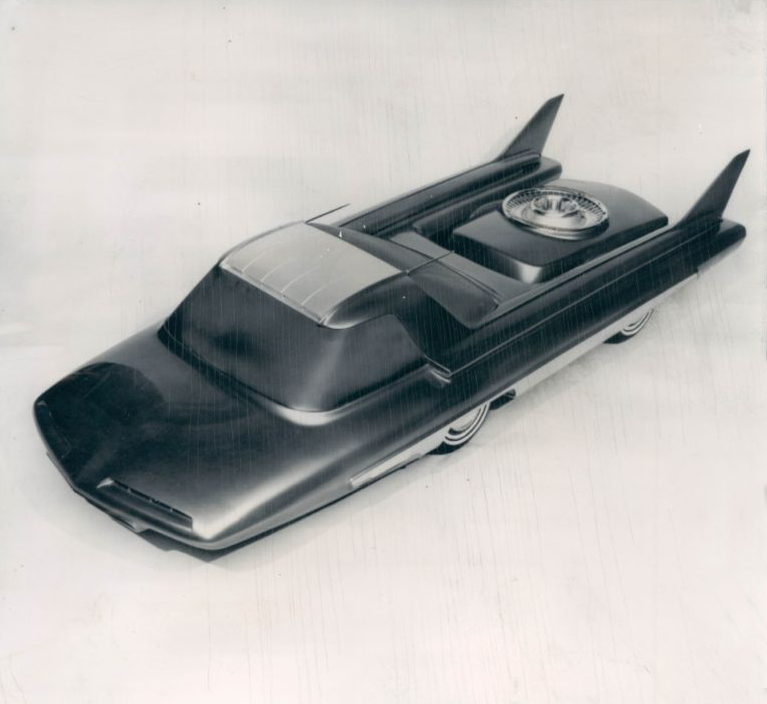
Imagined in the 1950s, the Ford Nucleon was a nuclear-powered car concept that symbolized the era’s optimism about atomic energy. The design included a small nuclear reactor in the rear, promising a range of 5,000 miles between refuels. Despite its futuristic vision, safety concerns and technological limitations prevented it from reaching production.
Chrysler Turbine Car
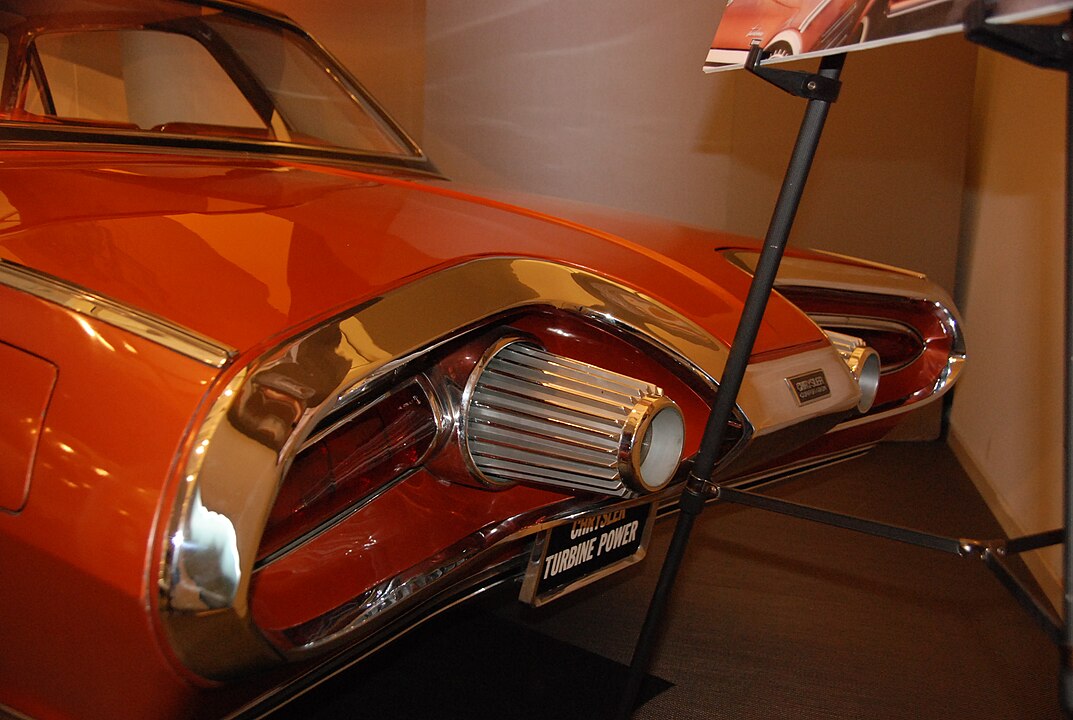
The Chrysler Turbine Car of the 1960s featured a gas turbine engine that could run on various fuels, from diesel to vegetable oil. Its unique engine design offered a smooth, powerful ride, but high production costs and emissions challenges kept it from widespread adoption.
BMW GINA
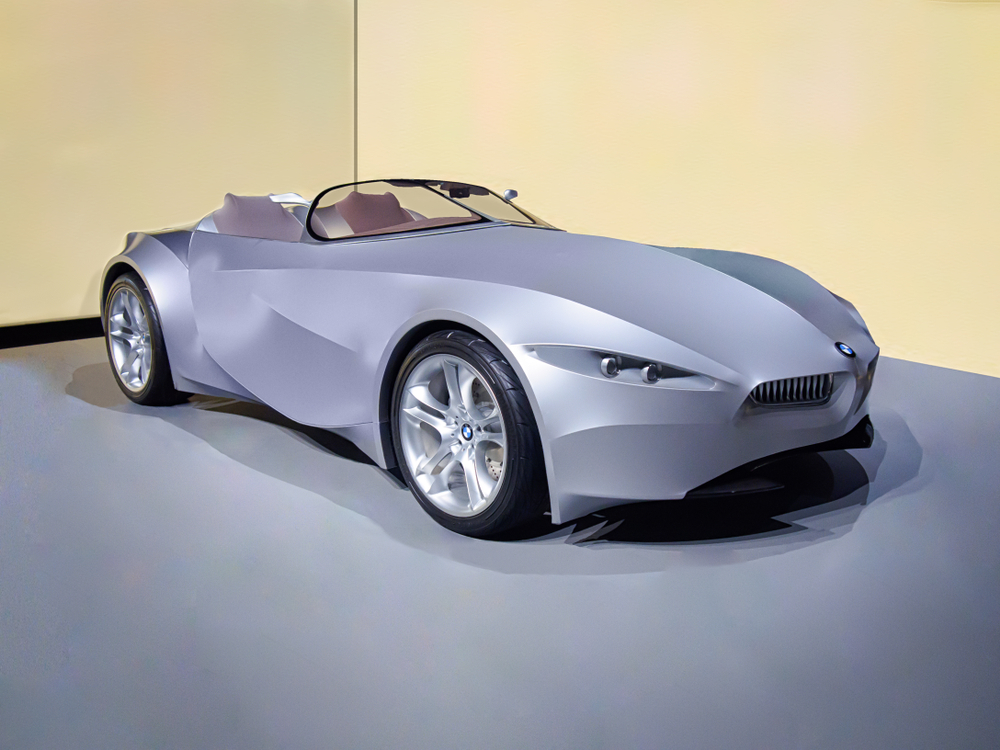
The BMW GINA concept, revealed in 2008, featured a flexible fabric skin over a wireframe, allowing the car to change shape. This innovative design aimed to rethink car aesthetics and functionality, but the complexity and cost of production prevented it from hitting the road.
Renault Trezor
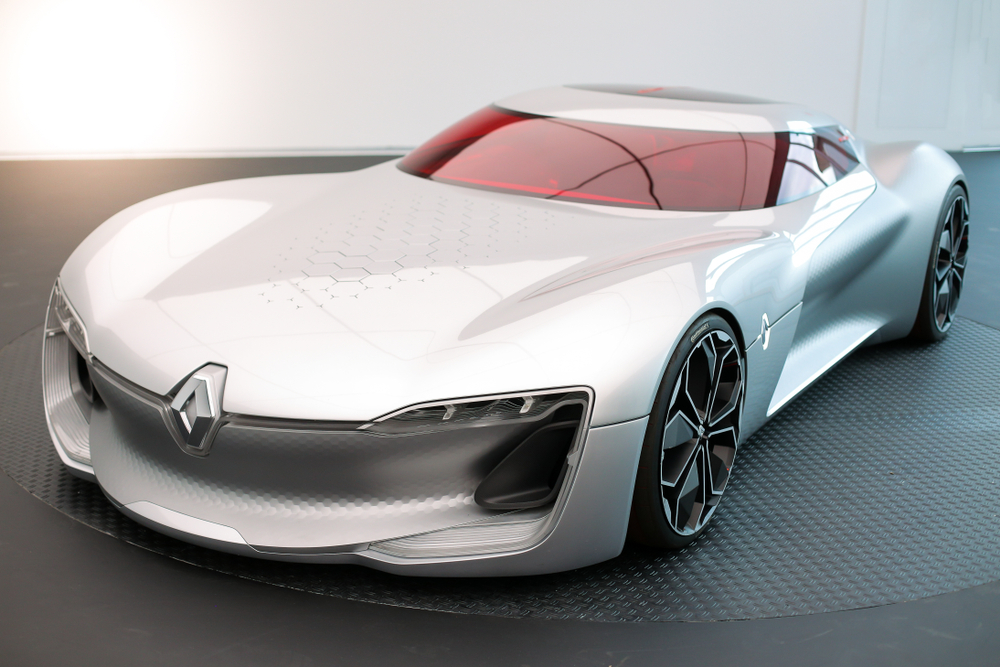
The Renault Trezor, an electric concept car with a futuristic design, debuted in 2016. It featured a sleek, low-slung body, autonomous driving capabilities, and a distinctive one-piece clamshell roof. Despite its cutting-edge design, it remained a showpiece rather than a production model.
Mazda Furai
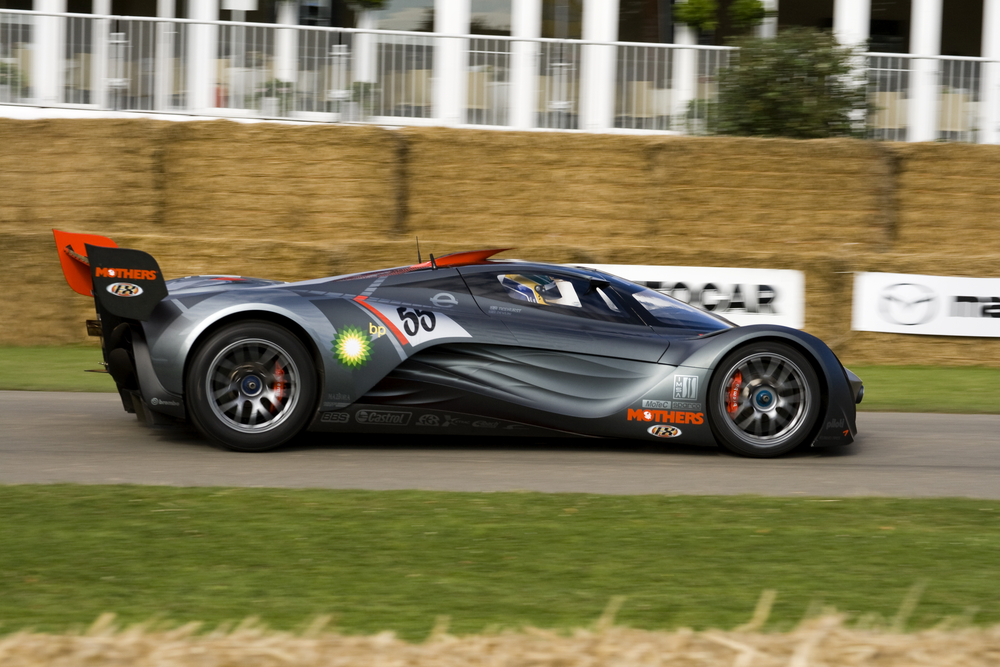
The Mazda Furai was a rotary-powered race car concept introduced in 2008. Its striking design and advanced aerodynamics showcased Mazda’s racing heritage, but a tragic fire during testing led to its untimely demise, preventing it from ever competing.
Cadillac Sixteen
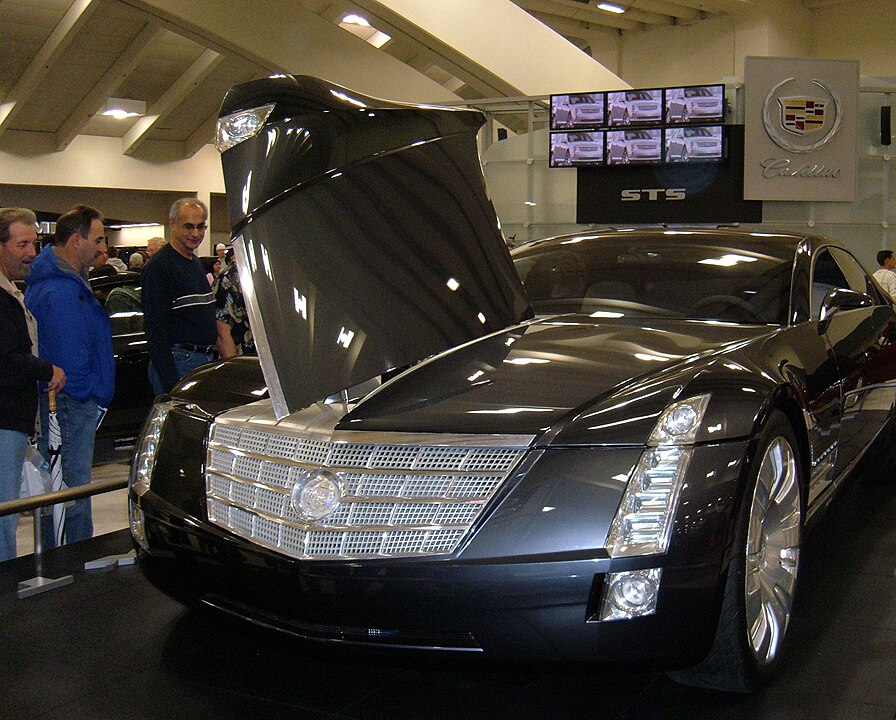
Unveiled in 2003, the Cadillac Sixteen was a luxury sedan concept with a massive 16-cylinder engine producing 1,000 horsepower. It combined opulent design with extreme power, yet its impracticality and high costs kept it from reaching production.
Toyota e-Palette
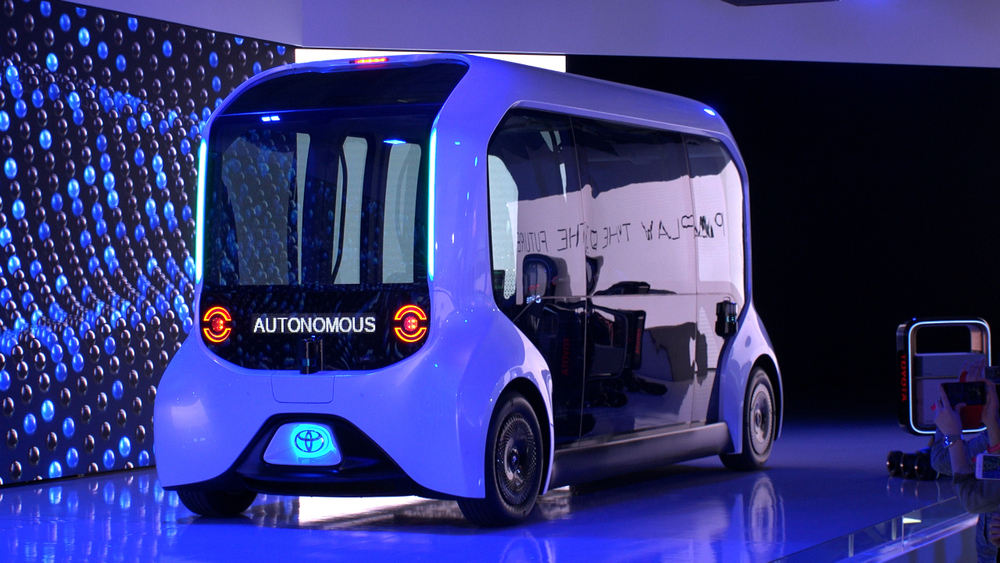
The Toyota e-Palette, introduced in 2018, is an autonomous, electric vehicle designed for various urban applications, from ride-sharing to mobile retail. Its modular interior and flexible usage potential highlight future mobility trends, but it remains in the experimental phase.
Nissan Pivo 2
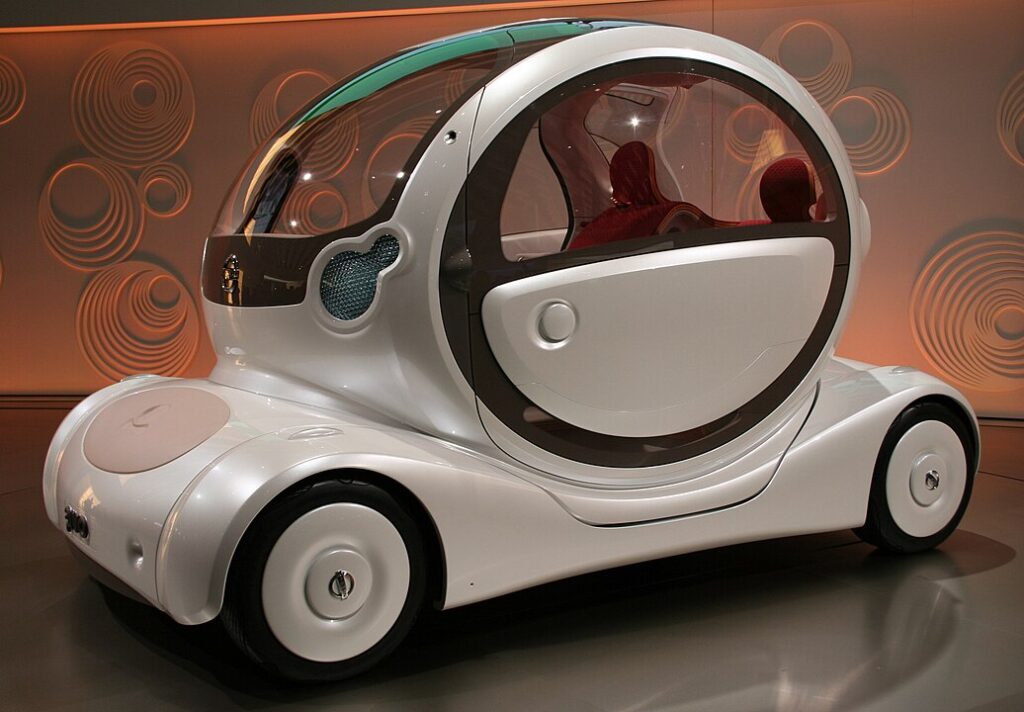
The Nissan Pivo 2, a small electric car with a rotating cabin, debuted in 2007. Its unique design allowed the entire cabin to swivel 360 degrees, making parking and maneuvering in tight spaces effortless. Despite its ingenuity, it was deemed too unconventional for production.
Chevrolet Chaparral 2X
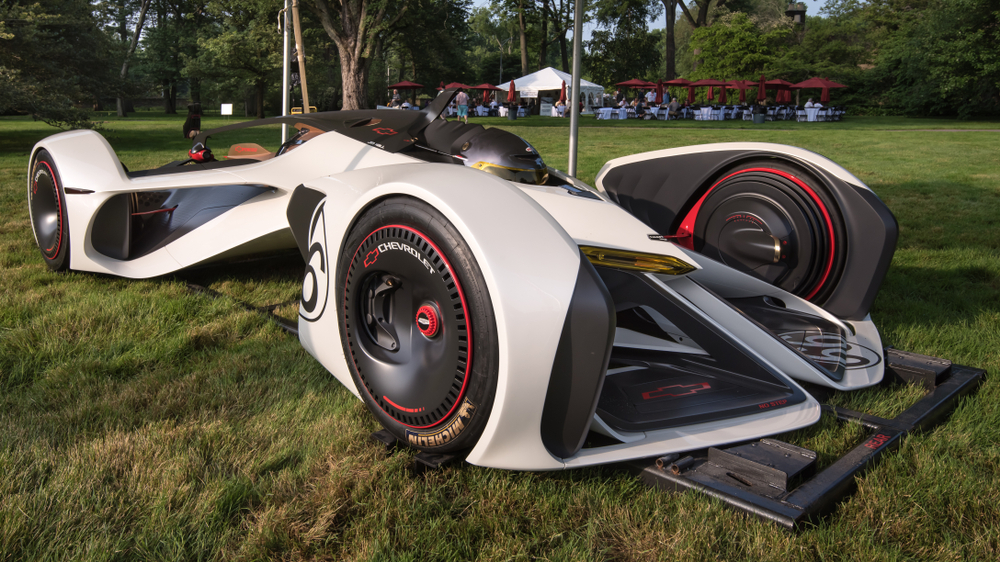
A futuristic race car concept, the Chevrolet Chaparral 2X debuted in 2014 as part of the Gran Turismo video game series. It featured a laser-powered propulsion system and radical aerodynamics, representing a bold vision of future motorsports that never materialized in reality.
Peugeot Onyx
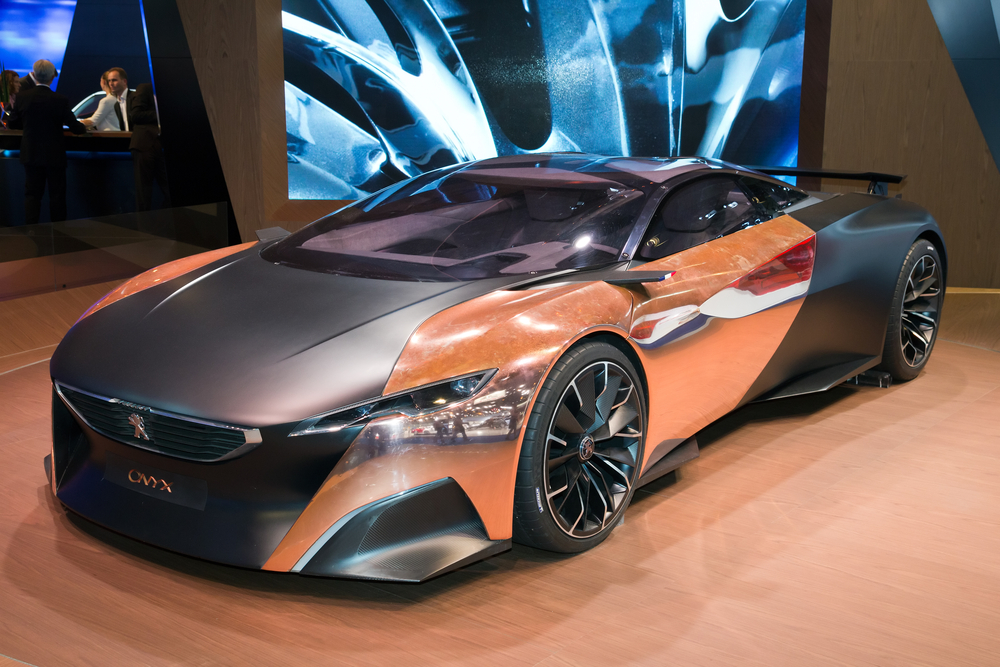
The Peugeot Onyx, a supercar concept revealed in 2012, combined a hybrid powertrain with an innovative design featuring copper and carbon fiber. Its striking aesthetics and advanced technology highlighted Peugeot’s design prowess, yet it remained a showpiece rather than a production model.
Jaguar C-X75
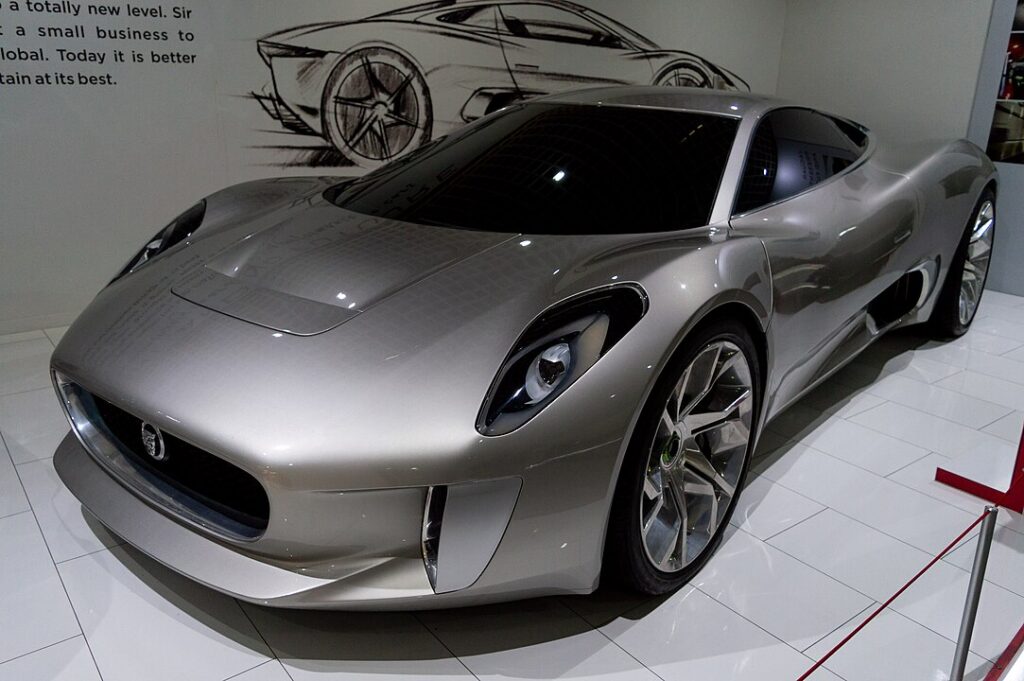
The Jaguar C-X75, a hybrid-electric supercar concept from 2010, boasted stunning performance with four electric motors and a gas turbine engine. Despite its impressive specs and design, economic challenges and market conditions prevented it from entering production.
Audi Aicon
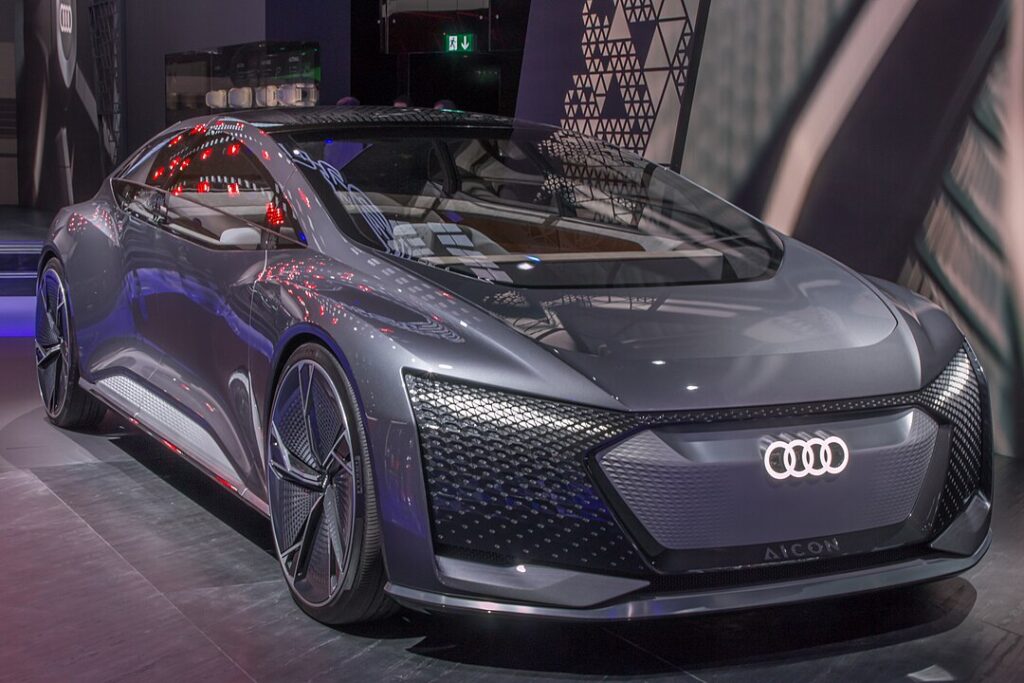
The Audi Aicon, a fully autonomous electric concept car introduced in 2017, featured a spacious interior without a steering wheel or pedals, emphasizing comfort and connectivity for passengers. Its advanced autonomous technology showcased future possibilities, but it stayed a concept.
Lancia Stratos Zero
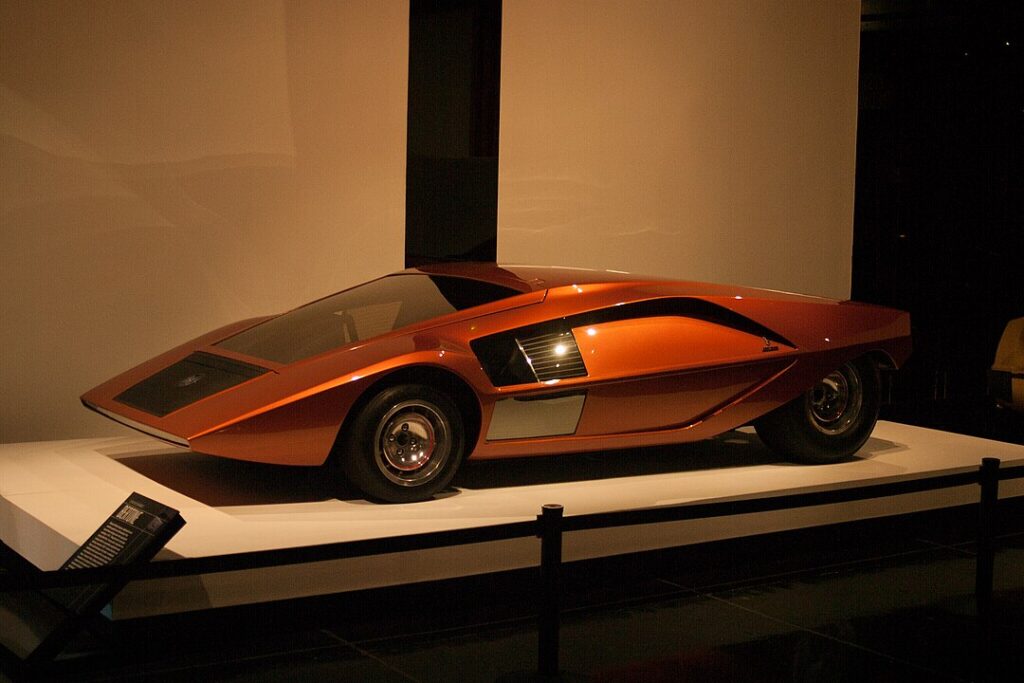
The Lancia Stratos Zero, a wedge-shaped concept car from 1970, featured a radical design with a low profile and futuristic aesthetics. Its groundbreaking look influenced future car designs, but it was too extreme for practical use.
Toyota FV2
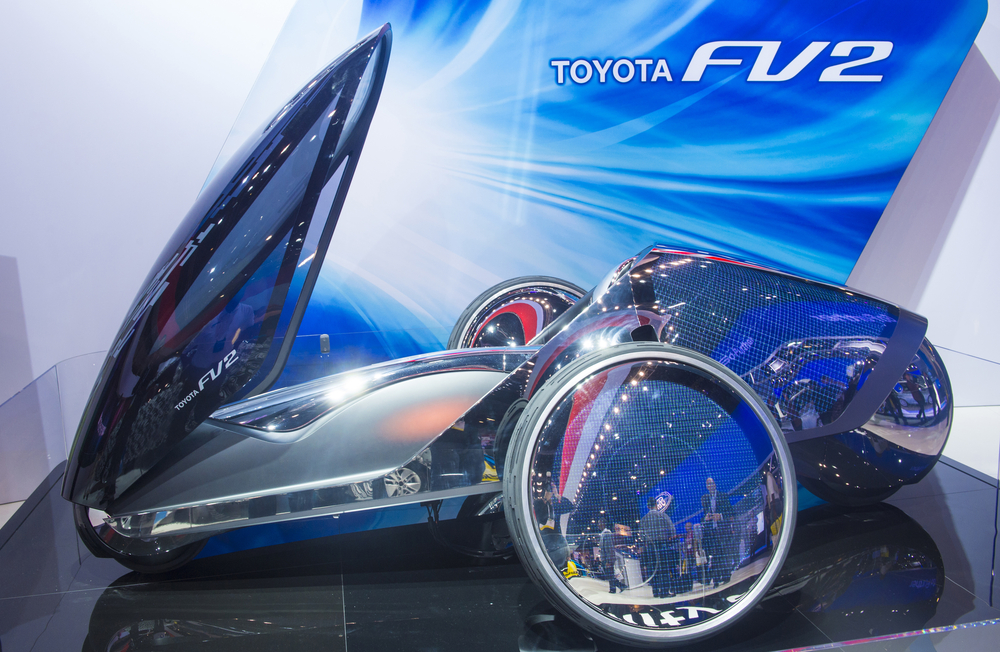
The Toyota FV2, a concept car that interacted with the driver, debuted in 2013. It used an intuitive interface and could shift its body to match the driver’s movements. Despite its innovative approach to driving, it remained an experimental idea.
Honda P-NUT
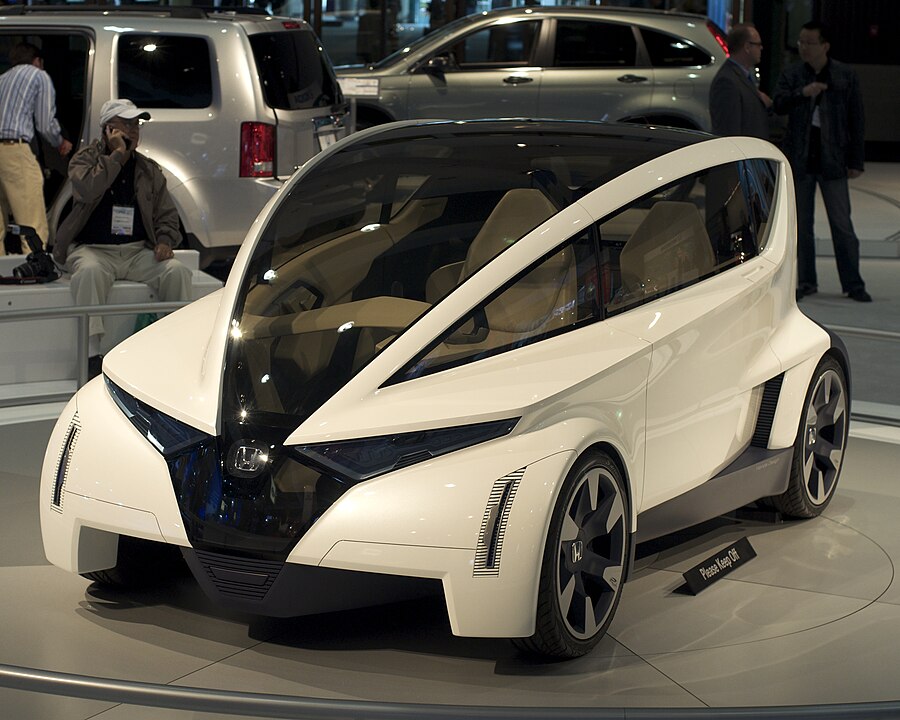
The Honda P-NUT, a compact, urban vehicle concept revealed in 2009, offered a futuristic design optimized for city driving. Its unique layout and space-efficient design aimed to address urban mobility challenges but was never intended for mass production.
This article originally appeared in MyCarMakesNoise.
More from MyCarMakesNoise
20 Revolutionary Motorcycles That Changed the Industry
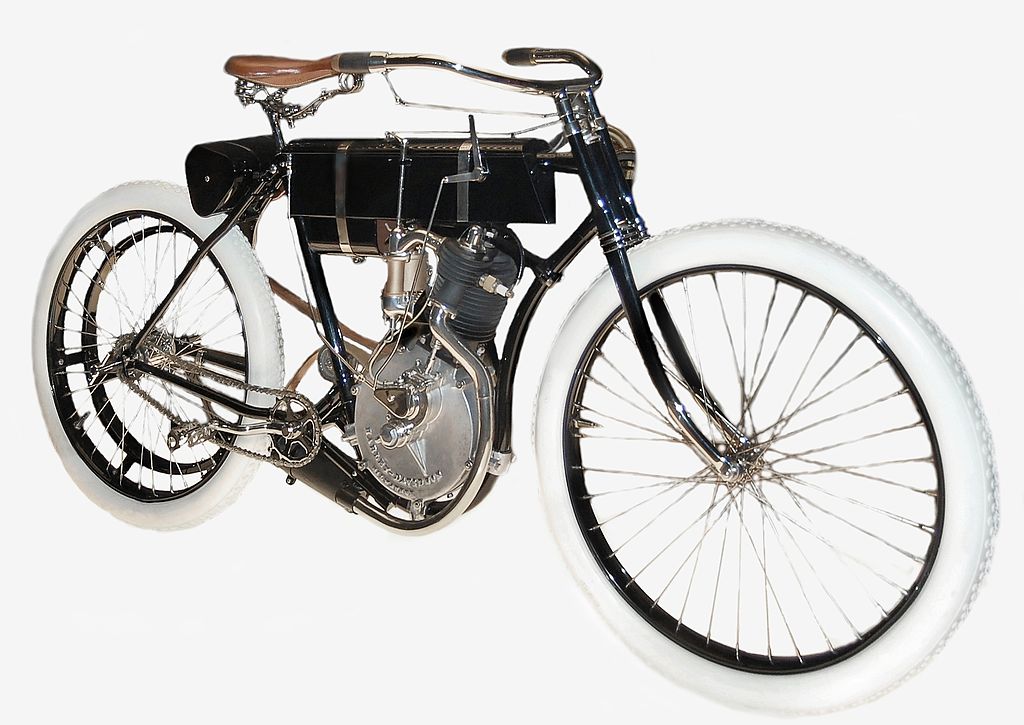
Motorcycles have always been more than just machines—they’re symbols of freedom, innovation, and style. Over the years, certain models have stood out, leaving a lasting impact on the industry. Read More.
16 Must-Visit Naval Museums Featuring Historic Ships and Submarines

Naval museums offer a unique glimpse into maritime history, showcasing historic ships and submarines that played vital roles in shaping the world. Read More.
20 Timeless Luxury Sedans That Embodied Elegance

Luxury sedans are the epitome of elegance and comfort, combining sophisticated design with advanced technology. Throughout automotive history, certain models have stood out for their exceptional style and refinement. Read More.


